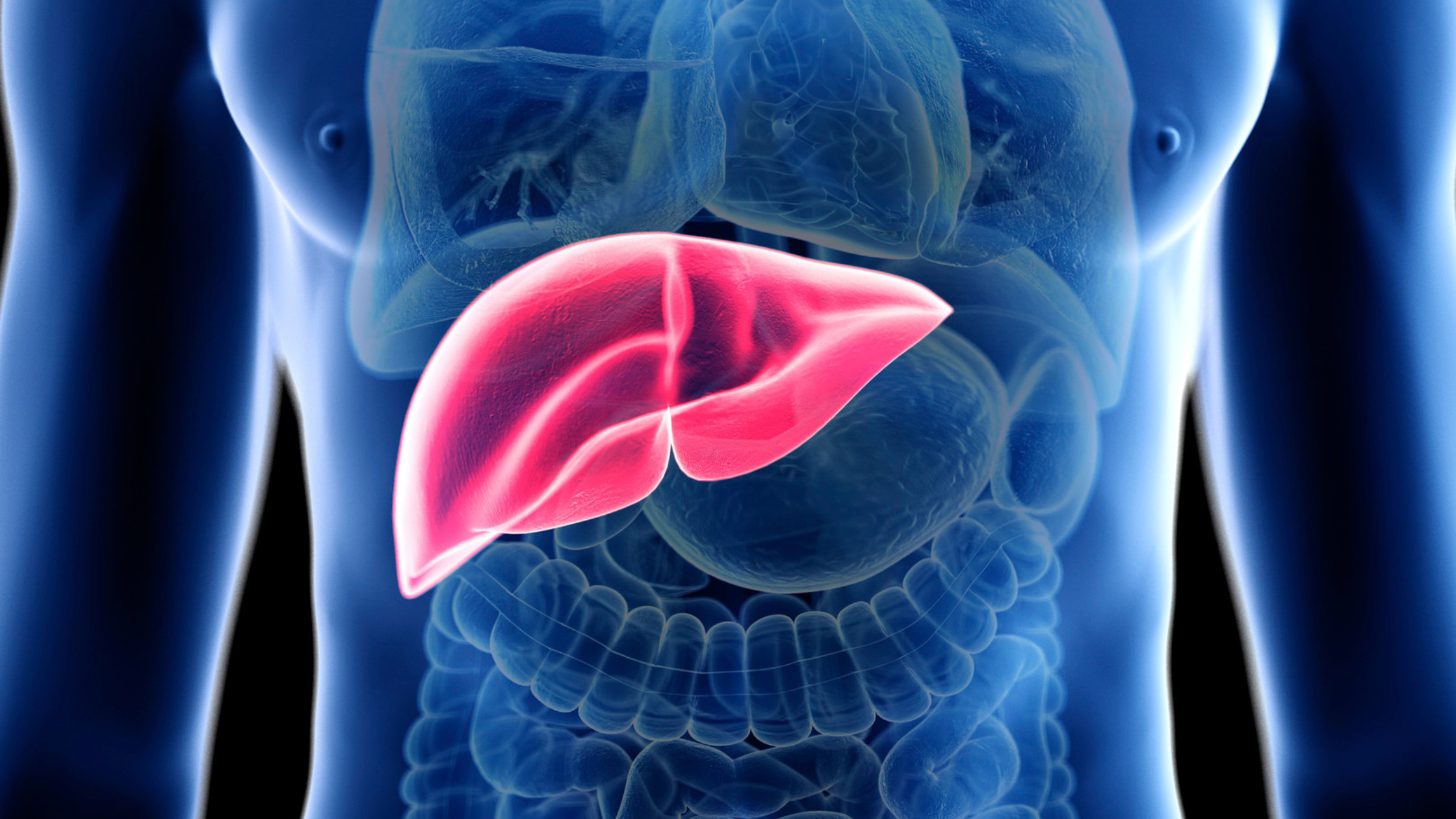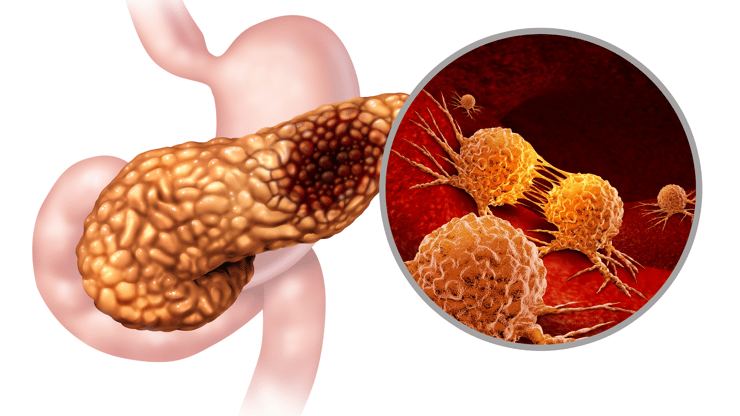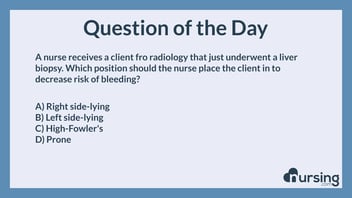Hepatitis Overview for Nursing School and the NCLEX Exam

Learning about Hepatitis
As a nursing student, I was on a telemetry unit and had the opportunity to care for a patient with hepatitis. The patient was a middle-aged man, was admitted due to worsening symptoms of fatigue, jaundice, and some abdominal pain. Throughout the shift, my preceptor and I closely monitored his vital signs and his lab values, keeping a close eye on his liver function tests.
I also was able to educate the patient on the importance of resting, nutrition, and avoiding alcohol to support his liver’s healing process. I did not have the patient on the next shift the next day, but I did check in on him and he looked like he was a lot better than the day prior.
He thanked me for the care and appreciated me taking the time to educate him on improving his health and life for when he goes home. That experience reinforced the significance of early detection and patient education to manage hepatitis and promote positive outcomes for those affected by liver diseases.
.png?width=1200&height=630&name=nclex%20review%20for%20angina%20(2).png)
Hepatitis, an inflammation of the liver, encompasses a range of conditions, each with distinct causes and consequences. Viral hepatitis, including types A, B, and C, can result from infections transmitted through contaminated food, water, or bodily fluids.
Chronic alcohol abuse and autoimmune disorders can also contribute to hepatitis. Symptoms vary but can include jaundice, fatigue, abdominal discomfort, and dark urine. Left untreated, hepatitis can lead to severe complications, such as cirrhosis and liver cancer.
Vaccines for certain types of viral hepatitis are available, and advances in medical care have improved outcomes. Early diagnosis, lifestyle modifications, and appropriate treatment are essential for managing hepatitis and safeguarding liver health.
General Information on Hepatitis
1. Hepatitis A (HAV)
a. Healthcare workers at risk
b. Transmission is fecal-oral, person-to-person, and poorly washed hands/utensils
c. Most contagious 10-14 days prior to the onset of symptoms and is self-limiting
d. Prevention→ strict hand washing, Standard precautions, and Hepatitis A vaccine
2. Hepatitis B (HBV)
a. Transmission by blood or body fluids through IV drug use, sexual contact, or needle Stick
b. Prevention→ Standard Precautions, hand washing, blood screening, Hepatitis B vaccine, needle precautions, safe sex practices
3. Hepatitis C (HCV)
a. Transmission→ Blood-borne, IV drug users, needle Stick
b. Prevention→ Standard precautions, needle safety, blood screening, NO Vaccine available
4. Hepatitis D (HDV)
a. Opportunistic infection associated with Hepatitis B Virus (HBV)
5. Hepatitis E (HEV)
a. Fecal/Oral route of transmission, common in underdeveloped countries
Nursing Assessment for Hepatitis
1. Preicteric Stage→ Flu-like symptoms, pain, and low-grade fever2. Icteric Stage
a. ↑ Bilirubin→ causes jaundiced skin & eyes, dark urine, and pruritus
b. Clay-colored stool (lack of bile secretion)
c. Elevated liver function tests (LFT’s) → AST, ALT, ALP, and Ammonia
3. Posticteric Stage→ Recovery phase, laboratory values return to normal, pain relief, increased energy
.png?width=1200&height=630&name=nclex%20review%20for%20angina%20(2).png)
Therapeutic Management for Hepatitis
1. Supportive therapy to address symptoms
a. Lactulose for ↑ Ammonia levels
b. Antiemetics
c. Antihistamines→ can help treat hep C virus
2. Antiviral therapy
Nursing Case Study for Hepatitis
Patient Profile:
Name: Mrs. Andrea LeeAge: 42 years old
Gender: Female
Medical History: None reported
Presenting Symptoms:
- Fatigue and malaise
- Loss of appetite and nausea
- Jaundice (yellowing of skin and eyes)
- Elevated liver enzymes
Medical Examination and Diagnostics:
- Physical Examination: Mrs. Lee displayed icteric sclera and hepatomegaly
- Laboratory Tests: Elevated serum bilirubin, AST, and ALT levels, indicating liver inflammation
- Hepatitis Serology: Confirmed acute hepatitis B infection
Medical History:
Mrs. Lee had no significant medical history, which led to further evaluation
Diagnosis:
Mrs. Lee was diagnosed with acute hepatitis B, a viral infection that affects the liver
Treatment Plan:
- Continuous monitoring of Mrs. Lee’s liver function, vital signs, and fluid intake.
- Provided emotional support to address her concerns and reduce anxiety
- Collaborated with a dietician to ensure adequate nutrition and manage symptoms
- Prescribed antiviral medications to manage the acute infection
- Educated Mrs. Lee and her family about hepatitis B transmission and preventive measures
Outcome:
With diligent nursing care and medical management, Mrs. Lee’s condition improved. Her jaundice began to resolve, and her liver enzyme levels gradually returned to normal. She adhered to the prescribed antiviral medication regimen and demonstrated understanding of preventive measures.
Conclusion and Free Download
This Hepatitis review provides essential knowledge for approaching the NCLEX with confidence. Understanding its prevention, management, and interventions empowers nurses to provide adequate care and save lives.
Looking for more must-know NCLEX review topics? Download our free eBook, "NCLEX Flash Notes: 77 Must-Know Nursing Topics for the NCLEX," by simply providing your email address below. I'll send you a complimentary copy straight to your inbox!
.png?width=1200&height=630&name=nclex%20review%20for%20angina%20(2).png)
You CAN Do This
Happy Nursing!








